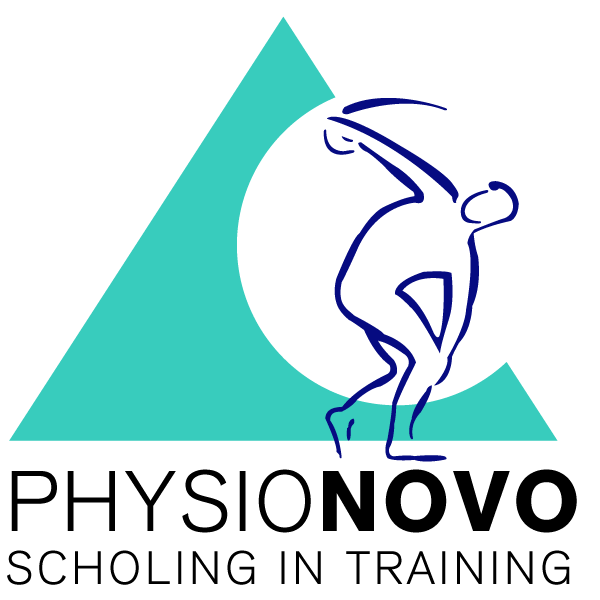Blessurepreventie
De Trainings-en blessurepreventieparadox: moeten sporters intelligenter en harder trainen?
Volgens de gangbare opvattingen hangen blessures samen met
- enerzijds een hogere trainingsbelasting, terwijl anderzijds training een beschermend effect heeft tegen blessures. Zo liepen teamsporters die meer dan 18 weken trainden voordat ze hun eerste blessure opliepen, minder risico op een volgende blessure. Het is ook aangetoond dat een hoge chronische trainingsbelasting het risico op blessures vermindert;
- minder goed ontwikkelde fysieke kwaliteiten die in verband gebracht worden met een hoger risico op blessures;
- het te weinig ontwikkelen van fysieke capaciteiten als preventie tegen blessures, die intensieve training vereisen - dus te weinig trainen.
Conclusie: een verlaging van de trainingsbelasting is niet altijd de beste aanpak om zich tegen blessures te beschermen.
Een geactualiseerd model voor het ontstaan van blessures belicht een aantal factoren voor het ontstaan van atletiekblessures:
- blootstelling aan externe risicofactoren (uitrusting, kwalitiet sportveld, tegenstanders) en potentiële uitlokkende gebeurtenissen;
- vermoeidheid, of negatieve fysiologische effecten;
- geringe fitheid, onvoldoende mogelijkheid tot positieve fysiologische adaptaties.
Blootstelling wordt uitsluitend bepaald door de totale belasting, terwijl positieve en negatieve aanpassingen zowel door de totale belasting als door veranderingen in de belasting (bv. de verhouding incidentele : regelmatige belasting) worden gecontroleerd.
Hulin et al. (2016) bepalen aan de hand van gegevens van 53 top rugby spelers de ratio “incidentele: regelmatige werklastverhouding” door de incidentele werklast te delen door de regelmatige werklast. Een waarde groter dan 1 staat voor een incidentele werkbelasting groter dan een regelmatige werkbelasting. Spelers met een hoge incidentele werkbelasting en een matig hoge regelmatige werkbelasting blijken beter bestand tegen blessures bij ratio’s tussen 0,85-1,35 en minder bestand tegen blessures bij 'pieken' in incidentele en lagere regelmatige werkbelasting, dat wil zeggen bij een ratio's ∼1,5.
Gabbett et al. introduceren de training-blessurepreventieparadox: moeten atleten slimmer en harder trainen om minder blessures op te lopen?
Gabbett beschrijft het 'Training-Injury Prevention-Paradox' model; hoge trainingsbelasting leidt tot minder blessures dan trainen met een lagere belasting. Want non-contactblessures worden niet door de training op zich veroorzaakt, maar eerder door een onjuist trainingsprogramma. Buitensporige en te snelle verhogingen van de trainingsbelasting zijn waarschijnlijk verantwoordelijk voor een groot deel van de non-contactblessures aan de weke delen. Fysiek zware (en adequate) training ontwikkelt echter fysieke kwaliteiten, die op hun beurt beschermen tegen blessures. Dit artikel benadrukt het belang van toezicht op de trainingsbelasting, met inbegrip van de belasting waarop atleten zijn voorbereid door de verhouding incidentele : regelmatige belasting te berekenen, als beste praktijk voor het terugdringen van trainingsgerelateerde blessures op lange termijn.
Als de trainingsbelasting een belangrijke determinant van blessures is, moet deze nauwkeurig worden gemeten, tot tweemaal per dag en over perioden van weken en maanden (een seizoen). Dit artikel schetst manieren om de trainingsbelasting ('interne' en 'externe' belasting) te meten en stelt voor zowel recente ('acute') als meer middellange ('chronische') trainingsbelastingen vast te leggen om de trainingsbelasting van de speler zo goed mogelijk in kaart te brengen. De kritische variabele - verhouding incidentele : regelmatige belasting – is de beste praktijkvoorspeller van trainingsgerelateerde blessures. Dit vormt de basis voor interventies om het spelersrisico, en dus ook het tijdsverlies door blessures, te verminderen.
Het op adequate wijze opleggen van hoge trainingsbelastingen moet de fitheid van de spelers verbeteren, wat op zijn beurt bescherming kan bieden tegen blessures, wat uiteindelijk leidt tot grotere fysieke prestaties en veerkracht in de wedstrijd, en een groter deel van de selectie die wekelijks beschikbaar is.






